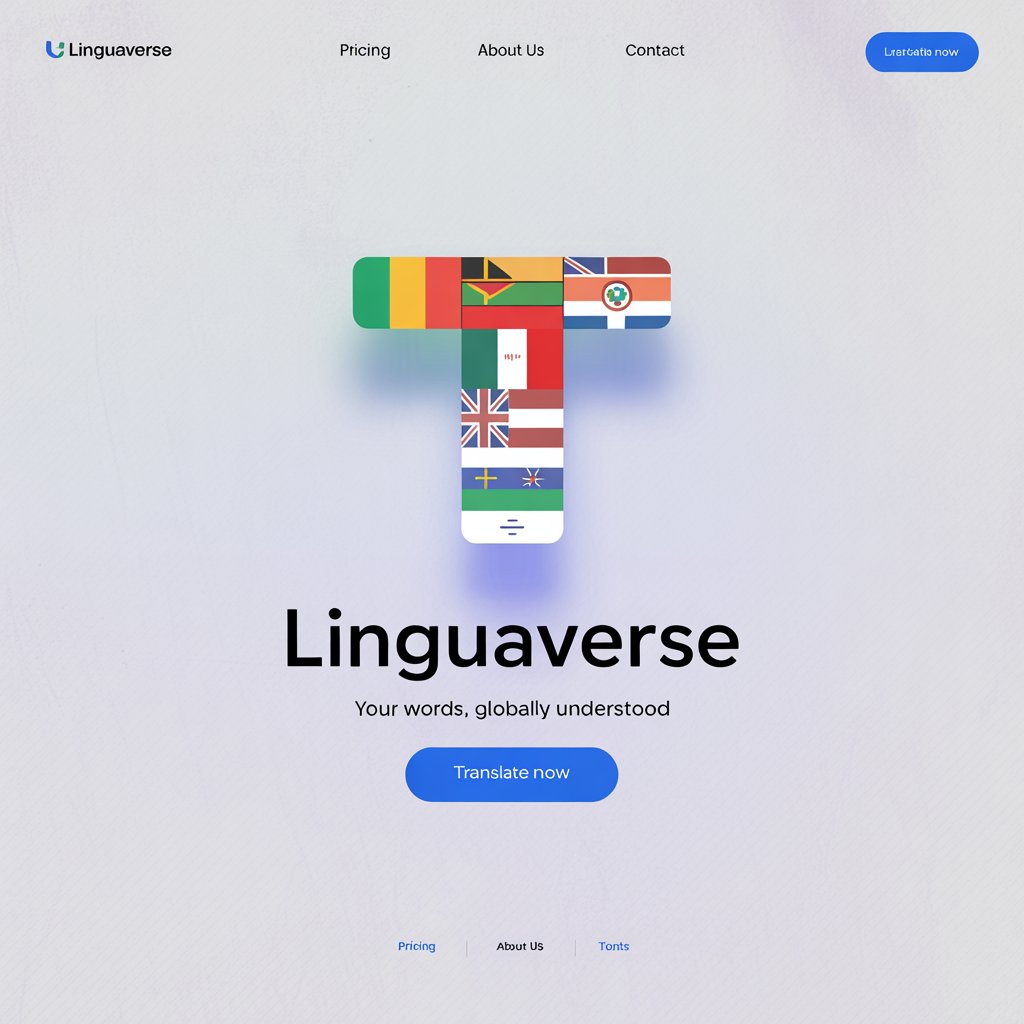I remember the first time I tried to say “no” in a foreign language. I was in a bustling market in Morocco, surrounded by vibrant colors and the hum of bartering.
A vendor offered me a beautifully woven rug, but my budget was tight. I fumbled, searching for the right word, and finally managed a hesitant “la” in Arabic.
The vendor smiled, undeterred, and continued his pitch. That moment taught me that saying “no” isn’t just about a word—it’s about understanding a culture, a way of life, and the delicate dance of communication.
Across the globe, the concept of refusal carries unique nuances, shaped by history, tradition, and social norms. Yet, at its core, saying “no” is a universal act of asserting boundaries, a thread that connects us all, no matter the language we speak.
Reference Table: Ways to Say “No” in Different Languages
| Language | Word/Phrase for “No” | Cultural/Linguistic Insight |
| Spanish | No | Direct and widely used, often softened with polite phrases. |
| French | Non | Can be formal or casual, depending on tone and context. |
| German | Nein | Straightforward, reflecting German’s direct communication style. |
| Italian | No | Often accompanied by expressive gestures for emphasis. |
| Mandarin | Bù | Tone-dependent; can sound polite or firm based on delivery. |
| Hindi | Nahī | Used in diverse contexts, often softened in polite conversation. |
| Japanese | Iie | Often avoided directly to maintain harmony; context matters. |
| Korean | Aniyo | Polite form used in formal or respectful settings. |
| Arabic | La | Common across Arab-speaking countries, with regional variations. |
| Swahili | Hapana | Direct but often paired with explanations in polite settings. |
| Zulu | Cha | Short and emphatic, used in conversational and formal contexts. |
| Yoruba | Kò | Often used with respect to elders, reflecting cultural hierarchy. |
| Maori | Kāo | Used in a communal context, often with cultural sensitivity. |
| Hawaiian | ʻAʻole | Softened in tone to align with the Aloha spirit of kindness. |
| Cherokee | Tla | Reflects a direct yet respectful approach in community dialogue. |
European Languages
In Europe, the word for “no” carries a spectrum of cultural connotations. In Spanish, “no” is straightforward but often cushioned with phrases like “lo siento” (I’m sorry) to soften the refusal, reflecting a culture that values warmth and politeness. In French, “non” can be a sharp declaration or a gentle deflection, depending on the speaker’s tone and context—think of a Parisian waiter firmly saying “non” to a request for substitutions, yet with a charm that makes it feel less harsh. German’s “nein” mirrors the culture’s directness; it’s clear and unambiguous, often used without embellishment in professional settings. In Italian, “no” is frequently paired with expressive hand gestures, embodying the passionate communication style of Italy. For example, an Italian might say “no, no, no!” while waving their hands to emphasize refusal, especially in lively discussions. These variations highlight how Europe’s diverse cultures shape the delivery of refusal, balancing directness with social grace.
Asian Languages
Asia’s linguistic diversity offers a fascinating lens on saying “no.” In Mandarin, “bù” is versatile but heavily tone-dependent—say it sharply, and it’s a firm rejection; say it softly, and it’s polite deflection. Chinese culture often prioritizes indirectness, so outright refusal is rare in favor of phrases like “maybe later.” In Hindi, “nahī” is common across India’s 1.4 billion people, but its use varies by region and context, often softened in formal settings to respect social hierarchies. Japanese “iie” is rarely used alone, as direct refusal can seem rude; instead, phrases like “chotto” (a little) are used to decline politely, reflecting Japan’s emphasis on harmony. In Korean, “aniyo” is the polite form, used in respectful or formal settings, while a casual “ani” might slip out among friends. Arabic’s “la” spans over 20 countries, from Morocco to Iraq, with slight pronunciation shifts; in many Arab cultures, refusal is often accompanied by hospitality, like offering tea even after saying “no” to a request. This diversity underscores Asia’s complex social fabrics, where “no” is less a word and more a cultural negotiation.
African Languages
Africa’s linguistic landscape is as varied as its 54 nations, and the word for “no” reflects deep cultural contexts. In Swahili, spoken across East Africa, “hapana” is direct but often paired with explanations to maintain politeness, especially in communal settings. Zulu, prevalent in South Africa, uses “cha,” a concise yet powerful word that carries weight in both casual and formal exchanges. In Yoruba, spoken in Nigeria and Benin, “kò” is used with deference to elders, aligning with the culture’s respect for hierarchy. Across Africa’s over 2,000 languages, refusal often involves balancing assertiveness with community harmony. For instance, in many African societies, saying “no” to an elder or guest might be softened with gestures or offerings to preserve relationships, reflecting the continent’s emphasis on collective well-being.
Indigenous & Island Languages
Indigenous and island languages offer unique perspectives on refusal, often rooted in community and respect. In Maori, spoken in New Zealand, “kāo” is used thoughtfully, as direct refusal can disrupt communal harmony; it’s often accompanied by explanations to maintain respect. Hawaiian’s “ʻaʻole” aligns with the Aloha spirit, where refusal is softened to avoid conflict, reflecting the islands’ emphasis on kindness. In Cherokee, spoken in parts of the United States, “tla” is direct yet respectful, used in community dialogues where clarity is valued. Samoan’s “leai” is similarly gentle, often paired with smiles or gestures to maintain the fa’a Samoa (Samoan way) of harmony. These languages, spoken in over 20 countries and territories, show how refusal is deeply tied to cultural values of respect, community, and balance, often prioritizing relationships over bluntness.
Cultural Insights
The word “no” has evolved across civilizations, shaped by historical and cultural forces. In ancient Rome, “non” was a legal and social tool, used in formal decrees and everyday life, reflecting Roman emphasis on order. In Confucian-influenced societies like China and Japan, direct refusal was historically avoided to preserve face, leading to nuanced phrases that persist today. In many African cultures, oral traditions emphasize storytelling, so “no” is often embedded in longer explanations to maintain communal bonds. Religious contexts also play a role: in Islamic cultures, “la” carries spiritual weight, as seen in “La ilaha illallah” (There is no god but Allah), grounding refusal in faith. These historical roots show how “no” is more than a word—it’s a cultural artifact, reflecting values of respect, hierarchy, or directness across time.
Proverbs and Sayings
Across cultures, proverbs about refusal reveal universal truths. In Spanish, “No por mucho madrugar amanece más temprano” (No matter how early you rise, dawn doesn’t come sooner) emphasizes that refusal can’t rush outcomes. In Japanese, “Iwanaide iie” (Say no without saying it) reflects the cultural preference for indirectness. An Arabic proverb, “La lil-shay’ la yutimm” (No to something incomplete), underscores the importance of firm boundaries. In Swahili, “Hapana ni nusu ya kumudu” (Saying no is half of succeeding) highlights the power of refusal in achieving goals. These sayings show how “no” is woven into cultural wisdom, guiding behavior and relationships worldwide.
FAQs
Why does “no” sound similar in many languages?
Words like “no,” “non,” and “nein” share Indo-European roots, stemming from ancient linguistic families. Short, nasal sounds are also phonetically natural for quick refusal across cultures.
What’s the oldest known usage of “no”?
The concept of refusal dates back to early human communication, with written evidence in Latin “non” (circa 500 BCE) and earlier Sumerian texts using negation markers.
How do cultural differences affect saying “no”?
In high-context cultures like Japan, direct refusal is rare to avoid conflict, while in low-context cultures like Germany, “nein” is direct and expected. These differences reflect varying priorities in harmony versus clarity.
Conclusion
Saying “no” is a universal act, yet its expression is a vibrant tapestry of cultural nuance. From the gentle “ʻaʻole” in Hawaiian to the firm “nein” in German, each word carries the weight of history, values, and human connection. Whether softened by politeness or declared with conviction, “no” is a powerful assertion of identity and boundaries. It reminds us that, despite our differences, we all seek to navigate the world with respect and understanding. How do you say “no” in your language? Share your stories in the comments—I’d love to hear how this simple word shapes your world!




